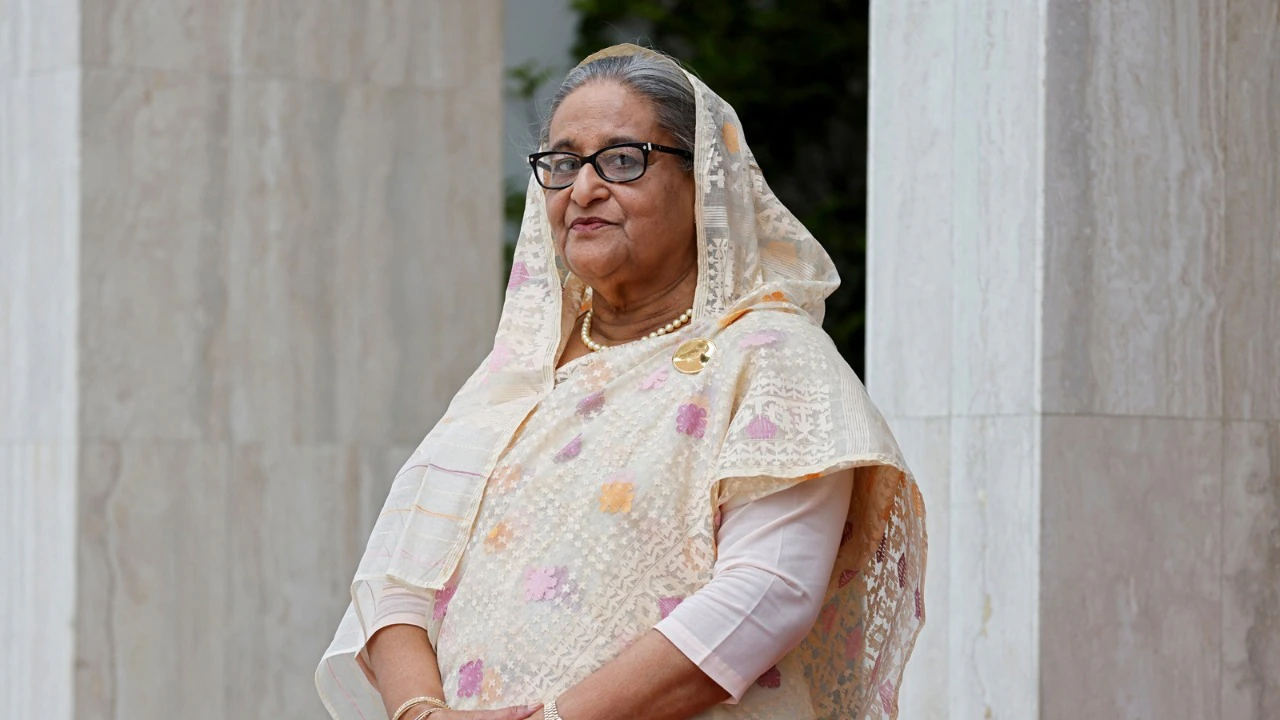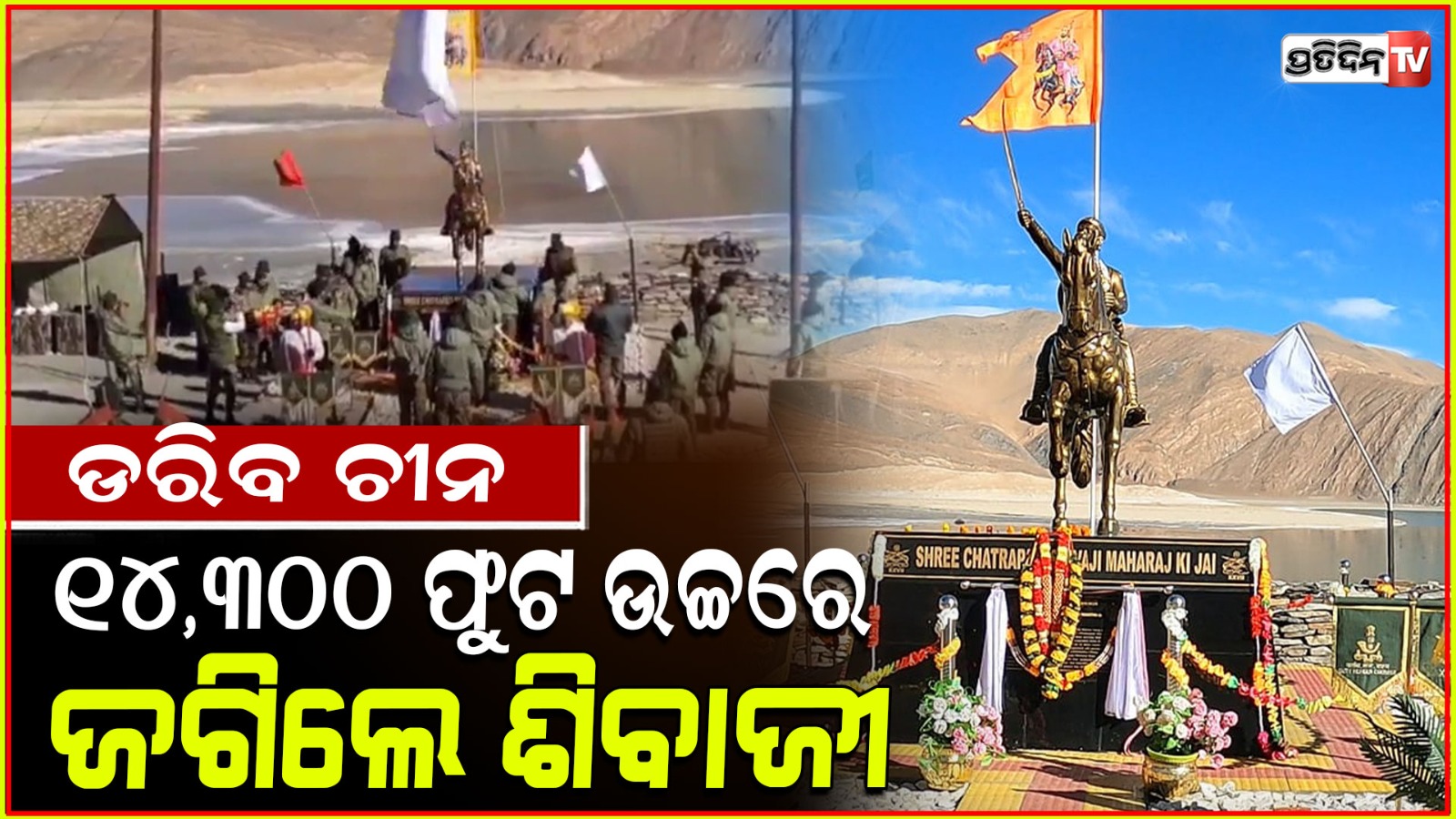Celebrating 11 Years of Modi Sarkar: An audit of 11 things that worked
11 years of Modi Government: A Journey from Fragility To Economic Resilience: 11 years of Modi’s rule. May 26, 2014. Narendra Modi took oath as the Prime Minister of the country for the first time. Today, Modi’s rule has reached 11 years. The more criticism he has endured in this long journey, the more successful the Prime Minister’s leadership has become. He took oath as the 15th Prime Minister of the country. That day was historic because the journey from a small town in Gujarat to becoming the Prime Minister of the country was not easy. 26 May 2025 Today, after 11 years, the same Narendra Modi is in Gujarat. The state from which Modi started climbing the ladder of politics. One photo is of the oath-taking and the other is a record of becoming the longest-serving non-Congress Prime Minister of the country.
Waqf Amendment Act:
The Waqf Amendment Bill 2025 has become an Act. This Act has made changes to some of the previous laws related to Waqf. The Central Government has restricted the power of the Waqf Board to declare any property as ‘Waqf property’.
Article 370 abrogation:
The Modi government took a historic decision by revoking Article 370, which gave special status to Jammu and Kashmir, which was pending for decades.
Jan Dhan Yojana: Launched in 2014, this scheme has become a means of connecting crores of poor people of the country to the banking system.
Demonetization: Demonetization in 2016 has controlled black money and fake currency. It has increased tax revenue and brought financial transparency, which has strengthened the economy.
Divorce Act: Triple Talaq has been imposed to ensure justice and empowerment of Muslim women.
PM Ujjwala Yojana: Steps taken to improve health and lifestyle by providing free LPG connections to rural women
Ayodhya: After the Supreme Court verdict, PM Modi took the lead in the construction of Ram temple in Ayodhya.
Swachh Bharat Mission: To fulfill Gandhi’s dream, PM Modi launched a campaign for cleanliness. Over 10 crore toilets were built and the rate of open defecation was reduced significantly.
International recognition: Narendra Modi took foreign policy in a new direction. From the UN to the US, Japan and the UAE, India’s global image has been strengthened.
GST: By abolishing various taxes, the entire country was linked with one nation, one tax policy. It simplified the business process and made the tax system transparent.
Infrastructure Development: Infrastructure has been expanded with expressways, railways, airports and smart city projects. On an average, 37 km of highways are being constructed in India every day.
Self-reliant India Mission: After Covid-19, self-reliance was the mantra of development. Local manufacturing and MSMEs were given a boost.
Digital India : Modi government made technology accessible to the common man with technology. Platforms like UPI, digital payments have made people’s lives easier.
ALSO READ: What is the salary of the Prime Minister in India?





